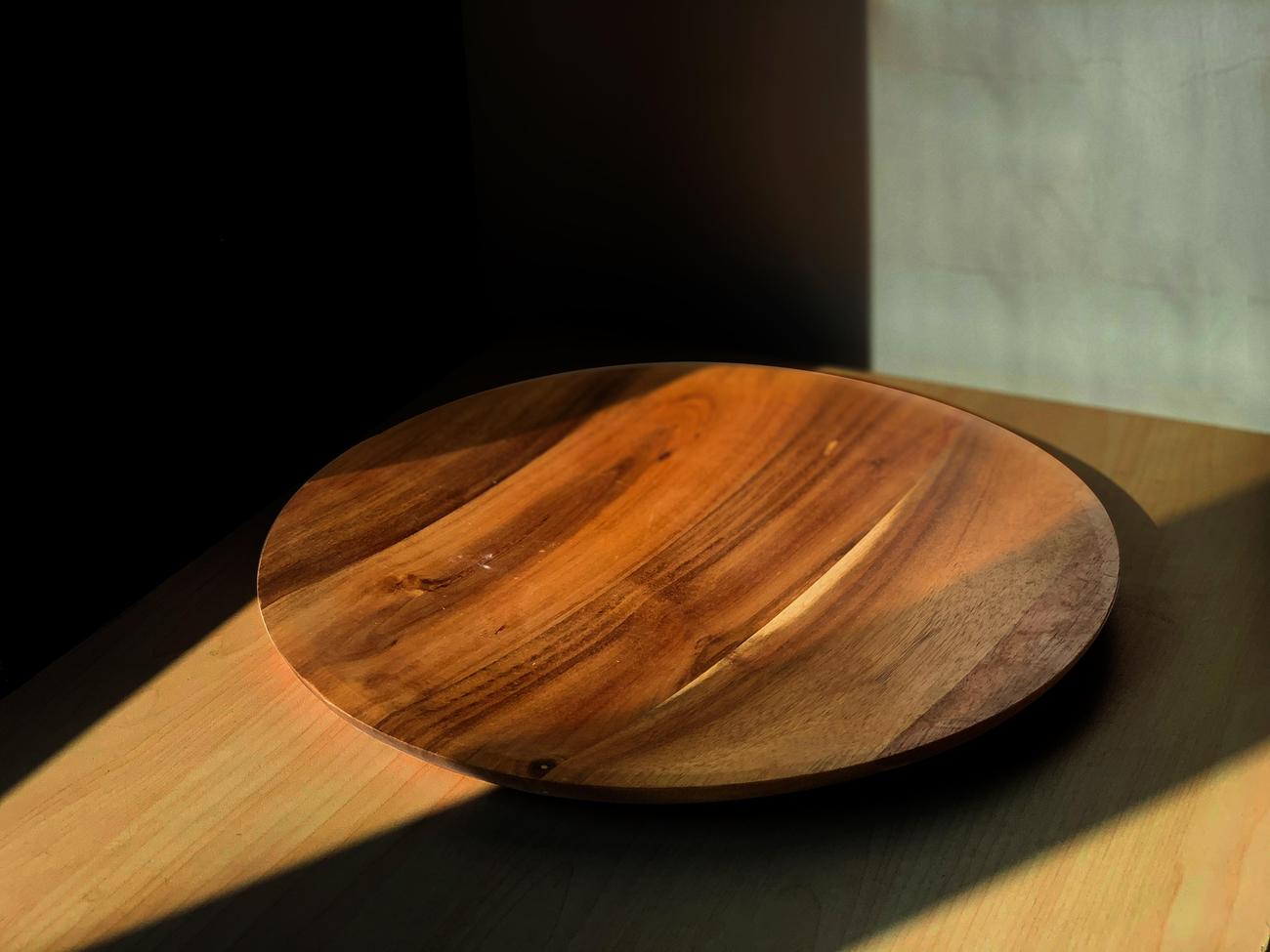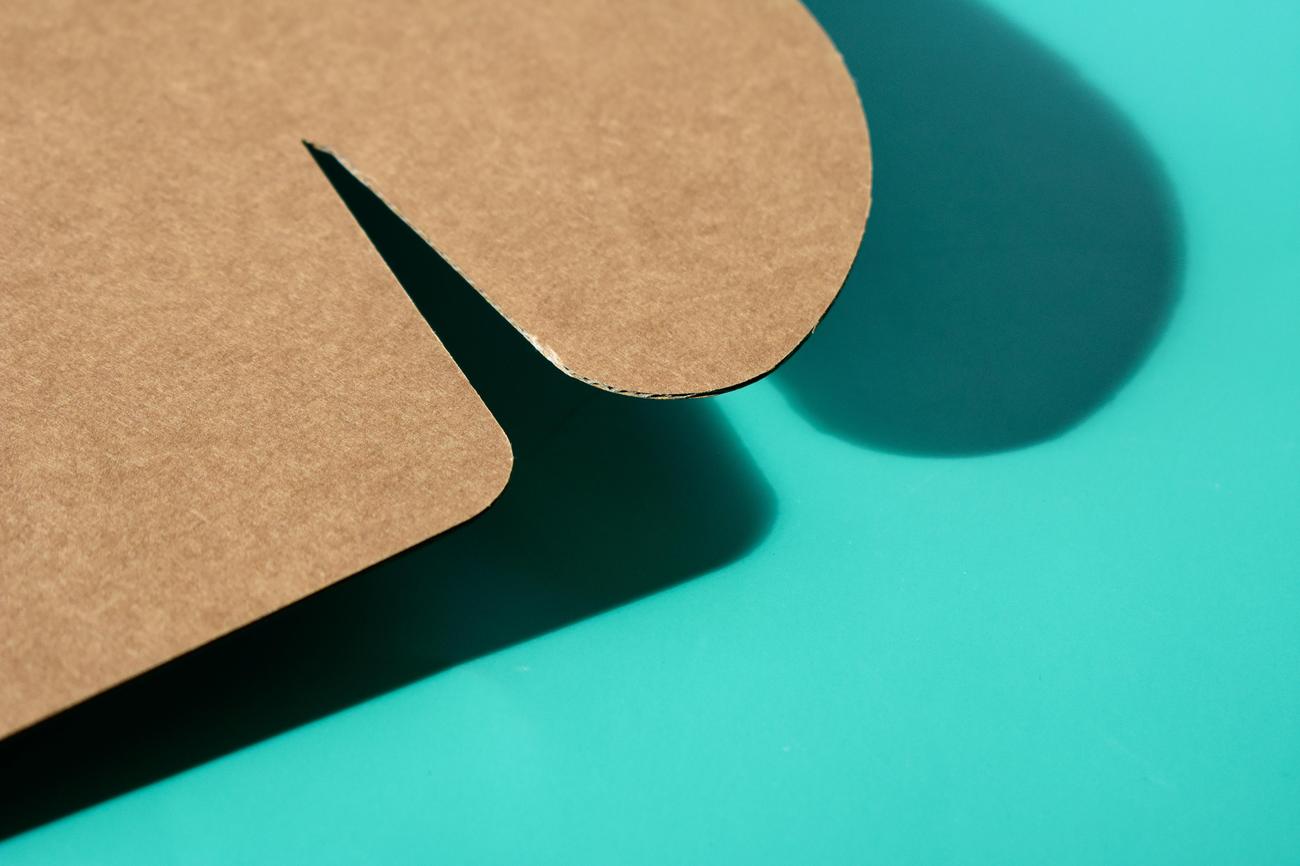Mastering the Ping Pong Paddle Grip: A Guide for Players of All Levels

As any table tennis enthusiast knows, the secret to a successful game lies in the firm and confident grip of the ping pong paddle. Regardless of whether you’re a beginner eager to learn the basics or an advanced player looking to refine your technique, understanding how to hold the paddle correctly is crucial. In this comprehensive guide, we will delve into the intricacies of the ping pong paddle grip, providing expert advice and step-by-step instructions to help you take your game to new heights. With the help of our experienced sports enthusiast and coach, you’ll soon discover the correct hand position and the various grip techniques that will significantly improve your control, power, and accuracy on the table. So get ready to elevate your table tennis prowess as we unravel the art of mastering the ping pong paddle grip.
How to Hold a Ping Pong Paddle
Welcome to this comprehensive guide on how to hold a ping pong paddle. Whether you’re a beginner just starting out or a seasoned player looking to refine your skills, mastering the proper grip is essential for control, power, and accuracy in table tennis. In this article, we’ll explore different grip styles, their advantages and disadvantages, and provide step-by-step instructions to help you improve your game.
The Shakehand Grip
One popular grip style is the shakehand grip. This grip gets its name from the way you hold the paddle, resembling a handshake. It is widely used by beginners due to its simplicity and versatility. Here’s how to achieve the shakehand grip:
- Start by placing the blade of the paddle between your thumb and index finger.
- Wrap your middle, ring, and pinky fingers around the handle.
- Ensure a firm but relaxed grip, allowing for flexibility and quick movements.
The shakehand grip offers good balance between control and power. It allows for easy transitions between forehand and backhand shots, making it a popular choice for players of all levels. As you practice and become more comfortable with this grip, you’ll be able to execute different techniques more effectively.
Quote: “The shakehand grip is the go-to choice for beginners, providing a solid foundation for learning the game.”
The Penhold Grip
Another common grip style is the penhold grip. This grip is named after the way you hold the paddle, similar to holding a pen or chopstick. The penhold grip offers greater maneuverability and versatility, but can be trickier to master. Here’s how to achieve the penhold grip:
- Rest the handle of the paddle between your thumb and index finger.
- Grip the handle between your middle and ring finger, forming a “V” shape.
- Hold your remaining fingers in a relaxed manner.
The penhold grip allows for quick wrist movements, enabling you to execute powerful shots and intricate spin techniques. However, it may take more time and practice to develop control and consistency with this grip.
Quote: “The penhold grip offers players a unique advantage with its maneuverability, but it requires dedication and practice to truly master.”
Other Grip Styles
Aside from the shakehand and penhold grips, there are a few other grip styles used by more experienced players. These include the “V” grip and the Seemiller grip.
The “V” grip involves using your thumb and index finger to form a “V” shape on the paddle handle. This grip is known for generating high power and maximizing ball spin. It allows for precise control, making it a favorite among players who rely on their offensive play.
The Seemiller grip was popularized by five-time U.S. national champion Danny Seemiller. In this grip, the paddle is held with the index and middle fingers on one side, while the thumb and other fingers support the back. This grip offers a unique advantage for executing complex shots and tricky spin variations.
Quote: “Exploring different grip styles can add depth to your game and help you discover your personal playing style.”
Conclusion
In conclusion, mastering the proper grip is crucial for all table tennis players. Whether you choose the shakehand grip, penhold grip, or explore other grip styles, it’s important to find the one that suits your playing style and preferences. Remember to practice regularly to improve your grip strength and control. With time and dedication, you’ll see significant progress in your game.
Don’t forget to check out the available resources online, which provide step-by-step instructions and video tutorials on how to hold a ping pong paddle. So, what are you waiting for? Grab your paddle, find your grip, and let the games begin!
Quote: “With the right grip, you’ll have the confidence and control to dominate the table tennis table.”
Ping pong, also known as table tennis, is a fascinating sport that has been enjoyed by people of all ages for decades. If you’re curious about some fun facts about ping pong, click here to uncover interesting tidbits about the sport. From its origins in Victorian-era England to becoming an Olympic sport, ping pong has come a long way. Discover how the game is played professionally, learn about its health benefits, and unravel the secrets of its incredibly fast-paced nature. Get ready to be amazed by the world of ping pong by clicking here!
Proper Technique: Mastering the Correct Grip of a Ping Pong Paddle
[youtube v=”X4c_Vc-bhCM”]
Understanding the Correct Grip for Table Tennis
In the world of table tennis, holding the paddle correctly is key to success. By employing the right grip, players gain control, power, and accuracy in their shots. In this guide, we will focus on the importance of using the correct grip and how it can significantly enhance your table tennis game.
The Shakehand Grip: A Beginner’s Choice
One of the most popular grip styles is known as the shakehand grip. This grip resembles a handshake and is widely used by beginners due to its simplicity and versatility. To achieve this grip, position the middle of your thumb and index finger along the side of the racket. Your thumb should rest on the half-circle of the racket. For individuals with longer fingers, it is possible to hold the racket with three fingers. To complete the shakehand grip, clench the racket with the remaining fingers.
“The shakehand grip is perfect for beginners as it offers a comfortable and natural way to hold the paddle.”
The Penhold Grip: Unlocking Maneuverability and Versatility
Another commonly used grip style is the penhold grip, which resembles holding a pen or chopstick. This grip offers greater maneuverability and versatility compared to the shakehand grip. To achieve the penhold grip, hold the racket as if you were gripping a pen. The index finger should be positioned on the lower right section of the racket. It is important to ensure that the racket does not lean excessively towards the forehand or the backhand.
“The penhold grip is a great choice for players seeking enhanced maneuverability and versatility on the table.”
Exploring Advanced Grip Styles for Experienced Players
Experienced players often adopt grip styles that cater to their unique playing styles. Two notable examples are the “V” grip and the Seemiller grip. The “V” grip involves holding the racket in a way that forms a “V” shape with the thumb and index finger. The Seemiller grip, on the other hand, involves gripping the racket with the index finger and thumb on one side and the other three fingers on the opposite side. These grip styles require practice and are typically used by advanced players.
“Advanced players can experiment with different grip styles to discover what works best for their individual gameplay.”
Importance of Mastering the Proper Grip
Mastering the proper grip technique is crucial for players aiming to excel in table tennis. By holding the racket correctly, players achieve better control, generate more power, and enhance their shot accuracy. Regular practice is essential to improve grip strength and control, enabling players to execute their shots with precision.
Harnessing Online Resources for Grip Instruction
To master the art of holding a ping pong paddle, players can take advantage of numerous online resources. These resources provide step-by-step instructions, video tutorials, and valuable insights to help players develop and refine their grip techniques. By utilizing these resources, players can enhance their skills and elevate their table tennis performance.
In conclusion, the correct grip of a ping pong paddle is a fundamental aspect of table tennis. By utilizing grip styles such as the shakehand grip and penhold grip, players can unlock their potential and improve their game. Exploring advanced grip styles and harnessing online resources further allows players to refine their techniques and discover their unique playing style. With practice and dedication, mastering the proper grip can make a remarkable difference in a player’s table tennis journey.

FAQ
How important is the grip when playing table tennis?
The grip is extremely important when playing table tennis as it directly affects your control, power, and accuracy. It provides the foundation for your strokes and allows you to maneuver the paddle effectively. Mastering the proper grip technique is crucial for improving your game.
What are the different grip styles for holding a ping pong paddle?
There are several grip styles for holding a ping pong paddle, including the popular shakehand grip and the penhold grip. Other grip styles include the “V” grip for high power and ball spin, as well as the Seemiller grip. Each grip style has its own advantages and disadvantages, catering to different playing styles and preferences.
Which grip style is better for beginners?
The shakehand grip is often recommended for beginners due to its simplicity and versatility. It involves fitting the blade of the paddle between your thumb and index finger and wrapping your middle, ring, and pinky fingers around the handle. This grip provides a good balance of control and power, making it easier for beginners to learn and improve their skills.
Is the penhold grip suitable for all players?
The penhold grip is a unique grip style that involves resting the handle between your thumb and index finger and gripping the handle between your middle and ring fingers. While it offers increased maneuverability and flexibility, it can be tricky to master and requires additional practice and coordination. The penhold grip is suitable for players who prefer a versatile and unconventional grip style.
Where can I find resources to learn how to hold a ping pong paddle?
There are several resources available online that provide step-by-step instructions and video tutorials on how to hold a ping pong paddle. These resources offer valuable guidance and demonstrations for players of all levels, helping them improve their grip technique and enhance their overall performance on the table.









